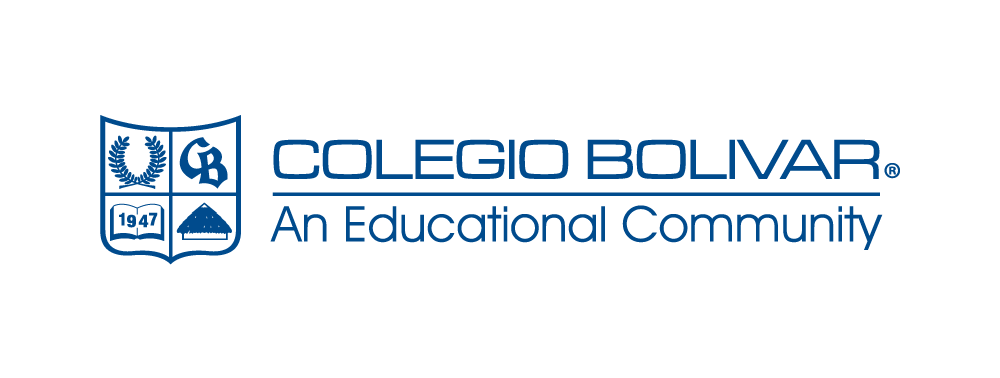Under the guidance of teacher Ryan James Evansen, fifth-grade students engaged in an innovative activity to deepen their understanding of sustainability using the “Sustainability Compass” tool. This experience was part of initiatives to enhance awareness of COP 16, which is being held in Cali, and allowed students to develop critical thinking about environmental issues from a comprehensive perspective.



The Sustainability Compass: An Innovative Methodology
The Sustainability Compass is a pedagogical tool designed to simplify and facilitate the understanding of complex sustainability topics. It functions similarly to a traditional compass, but instead of guiding people toward physical directions, it leads them through the fundamental pillars of sustainability, assigning a letter to each:

N stands for Nature: This includes all ecological systems and environmental concerns, from ecosystem health and biodiversity conservation to the sustainable use of resources and waste management.
E stands for Economy: This addresses human systems that transform natural resources into goods and services, including agriculture, technology, employment, and financial systems.
S stands for Society: This encompasses institutions, organizations, and social norms that influence our collective lives, including education, culture, and governance.
W (for West) stands for Well-being: Focused on health, happiness, and quality of life, ensuring that sustainable development enhances both individual and collective well-being.
Fifth-grade students used this Sustainability Compass to reflect on real environmental issues, assigning key words and phrases to each of the compass points (Nature, Economy, Society, and Well-being). Through this methodology, students were able to break down complex environmental challenges into more manageable components while understanding how these elements are interconnected.




In this way, students began by listing relevant ideas or issues for each of the four directions of the Sustainability Compass. For example, under the “Nature” category, they discussed the importance of water conservation and biodiversity, while in “Economy,” they explored the impact of industrial production and responsible consumption.
After identifying key concepts, the next step was to find connections within and across categories. For instance, they linked human well-being to access to clean air (Nature) and connected economic systems with social justice (Society).


By visualizing these connections, students were able to identify areas of “power” or influence where they could generate the greatest positive impact. These areas allowed them to focus their efforts on specific aspects that could lead to tangible changes, whether at a local or global level.
The activity not only helped students understand environmental challenges from multiple perspectives but also taught them to think holistically and systemically. They realized that environmental issues cannot be addressed in isolation but are deeply interconnected with economic, social, and human well-being factors.


With projects like this in the classroom, Colegio BolÃvar strengthens its commitment to environmental education and the development of responsible citizens, empowered to make conscious decisions and actively participate in addressing the global challenges we face today, such as climate change. This initiative aligns with major international events like COP 16, reinforcing the importance of sustainability and collective action.


